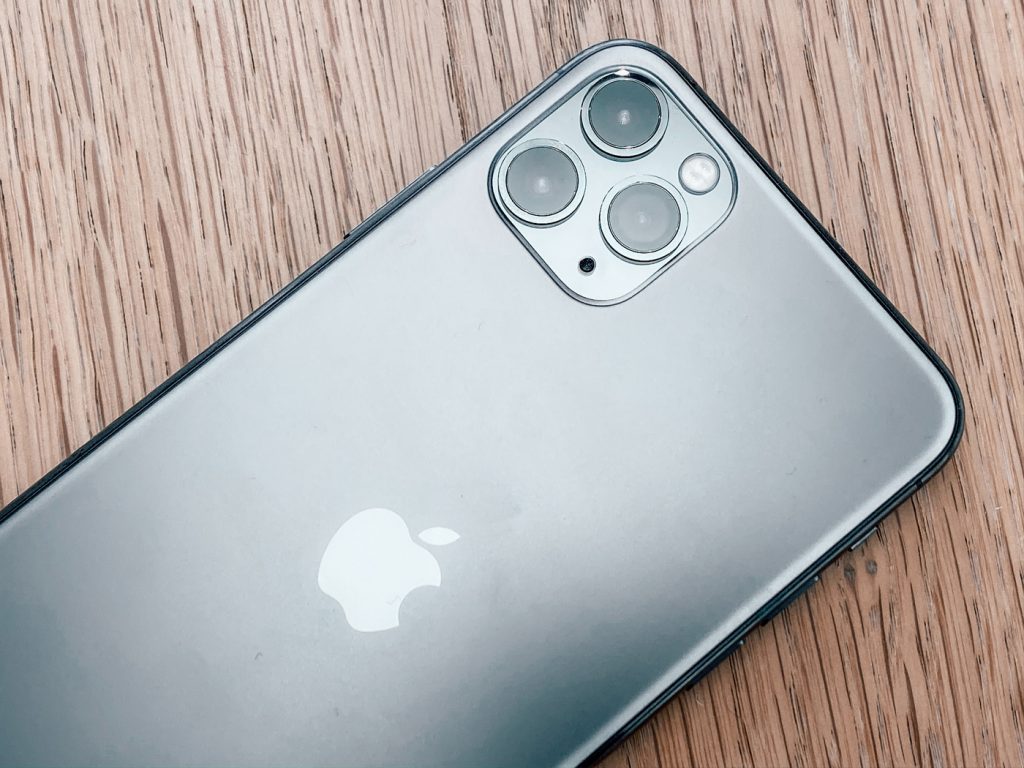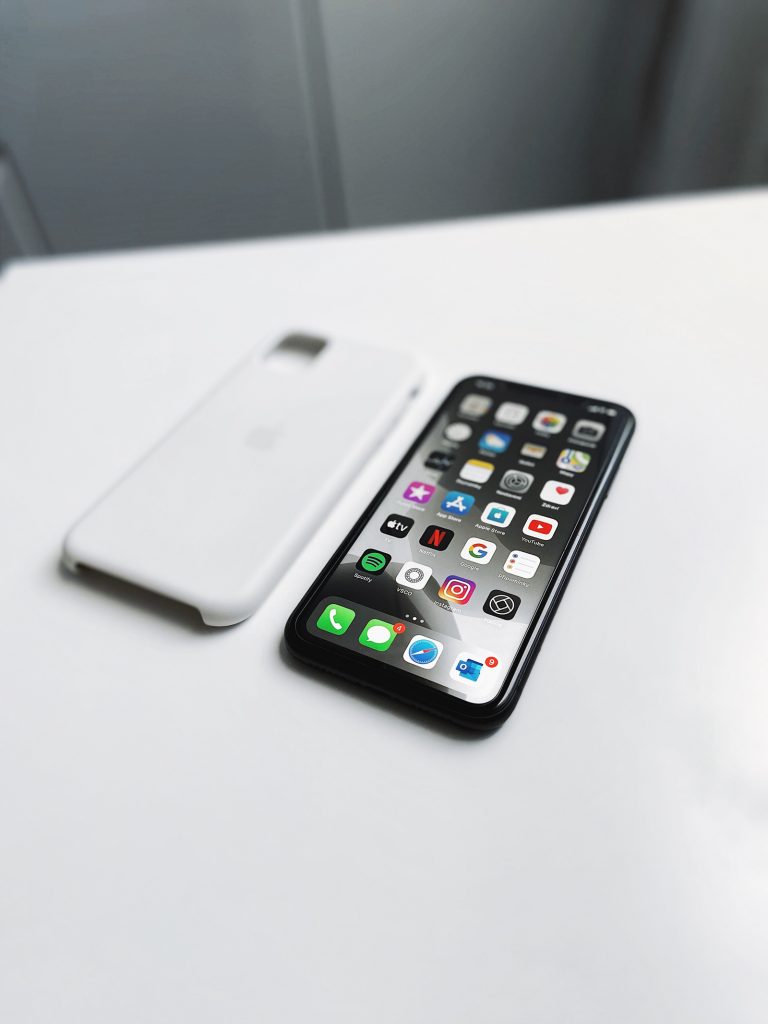Latest News
How to do a factory reset on your iPhone
By |
23rd September, 2020 |
Categories:

There’s lots to love about Apple, and its flagship product, the iPhone, is undoubtedly a perennial favourite on the world-wide smartphone market. With its unbeatable high-quality build, exceptional functionality and unique design, there’s always a ready market for reselling your iPhone if you’re desperate to upgrade to the latest model.
Along with taking out insurance for your iPhone to protect your iPhone in case of loss, theft, or damage, all owners need to know a range of useful tips and tricks to get the best out of their device.
One such tip is how and when to perform a factory reset. Whether you need a complete data wipe or something has gone seriously wrong and you need to start over, a factory reset is a great tool to have.
However, if you don’t do it properly, you could lose all your data and, in the worst cases, damage your treasured iPhone.
Soft reset, force restart or factory reset?
If you just need a quick reboot then restarting your iPhone using the software option – a soft reset – won’t result in the loss of any data.
It’s a handy way to resolve common problems such as apps crashing or your iPhone not recognising connected devices.
The same is true of a force restart, which lets you use the hardware keys to restart your iPhone when the screen is black or frozen.
However, the more extreme factory reset is a completely different beast. It essentially turns back time and reverts your iPhone to the way it was when it first left the factory.
It completely wipes all content, settings, and personal information from the device. Just the iOS and the pre-loaded apps will be left, just as they were when you unwrapped it from the box.

When should you reset on your iPhone?
Sometimes factory resetting your iPhone is used as a last resort if you’re having chronic performance issues you can’t solve.
Or perhaps this most reliable of devices has let you down and is in need of professional attention? When this happens, it can feel like life grinds to a halt.
You’ve done all the troubleshooting you can do, checked your iPhone insurance and are now sending it for repair.
Factory resetting is also used when you’re selling or trading in your iPhone, giving it to a family member or if your iPhone has been lost or stolen.
Whatever your reason for factory resetting, in all these instances you don’t want to leave your personal data on there for any inquisitive eyes to see.
Safeguard your data by first performing a factory reset on your iPhone.
How to perform a factory reset your iPhone
Back up your data
The most important thing you can do before a factory reset is to back up all of your data. That way, you can restore it easily if you change your mind about selling or passing on your device.
There are three options to back up your data. The first is to log into iCloud and go into Settings. Tap your name at the top of the page and then select iCloud. Scroll down to iCloud Backup and select Back Up Now.
You can also back up through iTunes by syncing your phone to your computer and clicking the Back Up button on the main iPhone page.
The third option is plug the iPhone directly into your iMac, open a Finder window, select the iPhone in the Devices menu and hit Back Up.
It’s vital to perform this stage correctly as you’ll need all your data stored elsewhere so you can upload it to your new iPhone later and you won’t lose anything important.
Turn off the Find My iPhone app
To make it easier to locate a lost iPhone, Apple introduced a security feature called Activation Lock as part of iOS7 and up.
The Activation Lock requires you to enter the Apple ID used to set up the iPhone if you want to reset it. If you don’t disable the Activation Lock then a future owner or repair person will be locked out and won’t be able to use the iPhone.
To disable Activation Lock you need to turn off Find My iPhone in iCloud.
Start by going to Settings. Tap your name. Then tap iCloud and then Find My iPhone. Turn Find My iPhone off and then tap Sign Out. You might be prompted to enter your Apple ID/iCloud password.

Factory reset your iPhone
Step 1: Open Settings, and tap General then Reset. Then choose Erase All Contents and Settings.
Step 2: If prompted, use a passcode, TouchID or FaceID to confirm this action and then hit Erase iPhone.
Step 3: Next login with your AppleID to ensure it can be removed from the device and that the Activation Lock feature has been disabled.
Step 4: Wait a few minutes. If your iPhone prompts you to set it up as a new device you have successfully performed the factory reset on your iPhone.
Restore your data
If you’re keeping the iPhone after factory resetting, you’ll need to log in and set up your iPhone from scratch.
You’ll be asked whether you want to restore from your iCloud account, set up a completely fresh phone without any of your previous settings, or use iTunes and an iMac to restore your old data.
iPhone insurance with Gadget Cover
Thinking of treating yourself to the very latest iPhone model?
Gadget Cover has over 25 years of experience in the specialist insurance market and can help you find policies that’ll protect your iPhone against things like accident and liquid damage, loss and theft.
If you take out iPhone cover through Gadget Cover, you could enjoy a whole host of benefits including:
- Accidental damage including minor screen cracks
- Unauthorised usage up to £2,500
- Accessories (up to £150) if they’re lost, stolen or damaged at the same time as your gadget
- Worldwide cover up to 180 days in any one year
- Family cover if someone else in your family loses or damages your phone
- E-wallet cover up to £500
Protect your tech – get a quote today!
Policy benefits, features and discounts offered may very between insurance schemes or cover selected and are subject to underwriting criteria. Information contained within this article is accurate at the time of publishing but may be subject to change.


